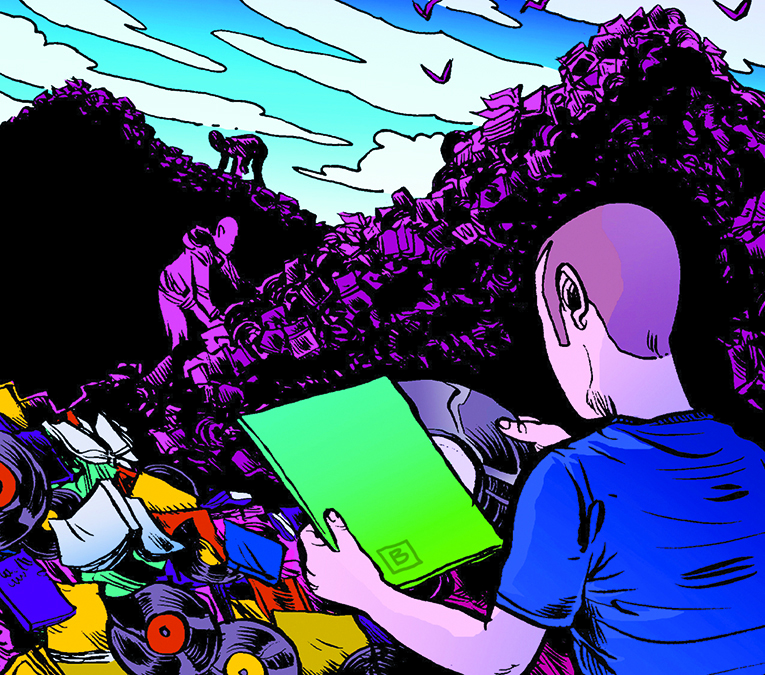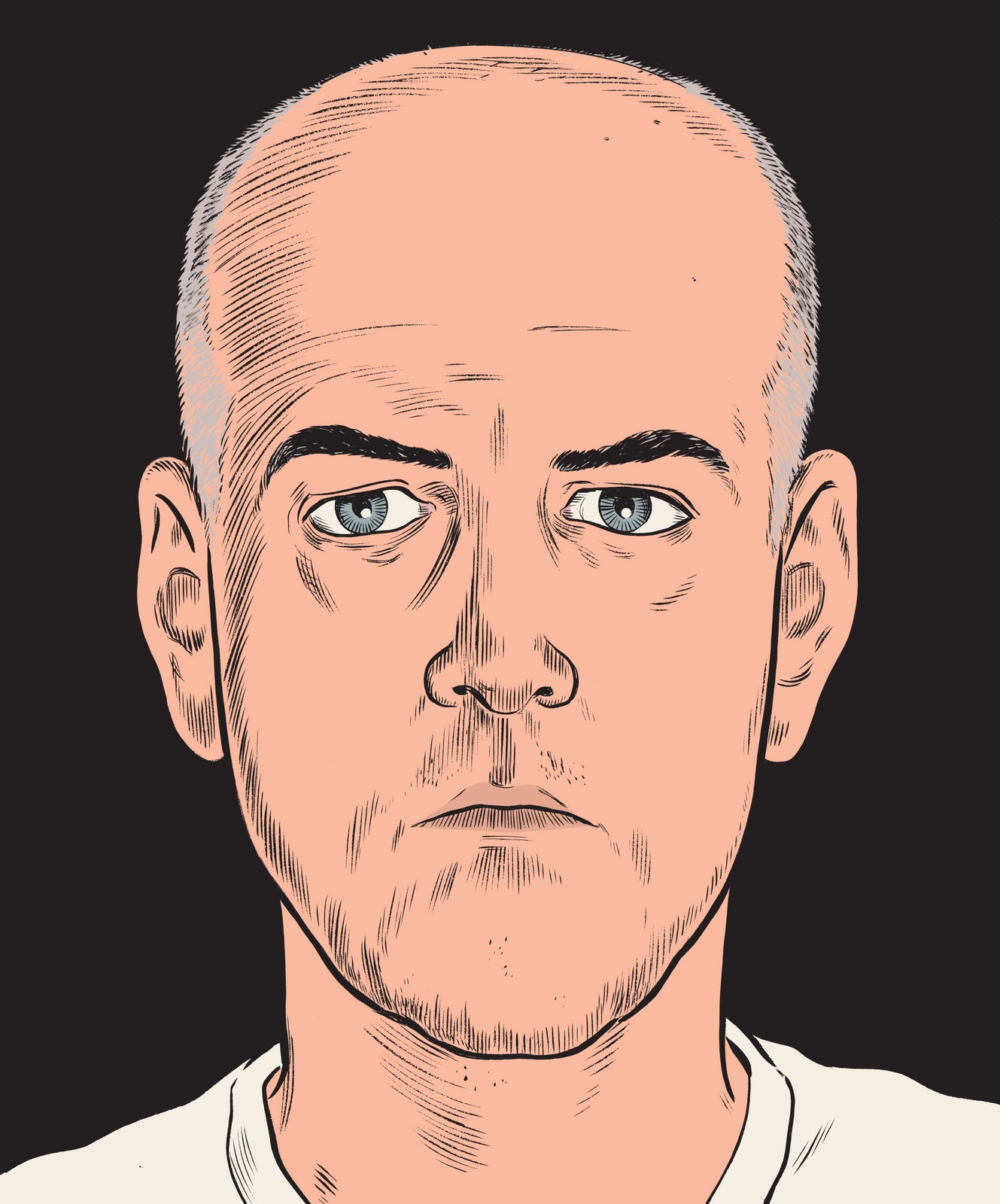Earthquakes happen because 4.5 billion years after its formation from a cloud of cosmic dust, the earth is still cooling down. Residual heat and radioactive decay keep most of the earths interior soft enough to flow, like a very, very thick hot pudding over low heat. But like that pudding, the outermost skin of the earth is exposed and cools off a lot faster than it heats up from below. Result: A crust forms, stiffer and more brittle than the goo beneath. But the goo keeps circulating beneath the crust, pushing chunks of crust around with it, and bubbling up through cracks between chunks. Result: In some places chunks slide past or butt up against each other, and, in extreme cases, slide underneath each other.
Along much of their shared border, the chunk beneath the Pacific Ocean and the chunk we call North America grind slowly past each other, producing shallow quakes like those that afflict Southern California. But along one stretch between Cape Mendocino and Vancouver Island, a piece of the Pacific chunk is shoving under North America, generating all kinds of interesting problems.
When the stony floor of the Pacific chunk goes under Washington and Oregon, it takes a lot of broken rock, sand, muck, and ooze along with it. At the terrific pressures it experiences miles below the earths surface, this m鬡ngereally, thats exactly what geologists call itmostly acts like an integral part of the harder rocks its riding on.
But water is a terrific lubricant for a lot of geological processes, and when the submerging chunk gets deep enough and the pressure and temperature get high enough, things start to happen to the very crystal structure of its rocks. They can suddenly change from one state to another, in effect melting along a plane of particularly high pressure. Result: A deep quake, like the one that hit the Northwest on Wednesday, and in 1949 and 1965, too.
If this was the only kind of quake we had to worry about, no problem. But the pressure between the oncoming Pacific chunk puts the overriding continental chunk under strain, and over thousands of years it cracks and crumbles unpredictably to ease the stress. These cracks can cause tremendous devastation when they let goBainbridge Island is about 50 feet higher now than it was until one day a thousand years ago or so. But there are so many of them, mostly so deeply buried, that guessing which one will crack next is way beyond the state of todays seismographers art.
Unfortunately, the worst kind of quake the Northwest gets is only too predictable. Every 500 years or so, the accumulated strain of Pacific chunk burrowing under continental chunk gets so high it just has to let go. When it does, along an undersea front hundreds of miles long, it releases quake energies higher than any measured during historic times in these parts: quakes measuring 8 or 9 on the Richter scale: or 150 to 1500 times as powerful as Wednesdays shake.
The last time one of these megasuckers hit was in January 1700. The geological record shows more, going back at least 1,500 years. Each one was big enough to precipitate landslides into every major body of water, drown whole evergreen forests, permanently inundate scores of miles of coastline, and generate tsunamis that cleared beachfronts of every living terrestrial thing up to 50 feet above high-tide mark. This is the big one you remember hearing about. It could happen tomorrow. It could wait another 500 years. But it is sure to happen; sure as tides and taxes. In the meantime, try to enjoy the little ones like Wednesdays. Sure it was scary, for a few seconds or hours; but, oh, baby, it could have been sooo much worse.
For more information, visit this page from the Pacific Northwest Seismograph Network.







